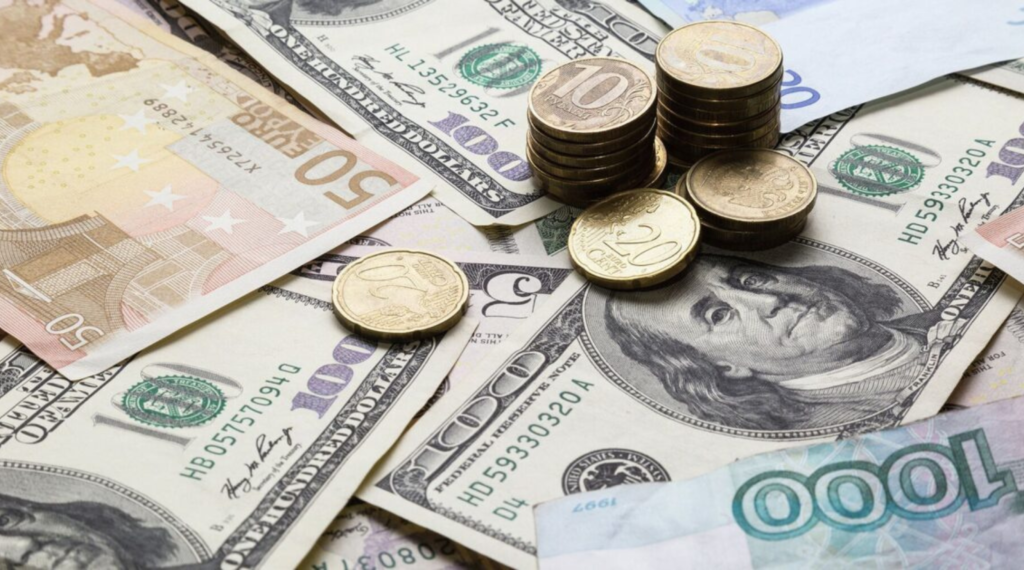
What consequences and impact will the rise of the dollar have on Armenia’s economy?
Since November 25, the price of the dollar has significantly increased. If in November the maximum buying rate for the dollar was 386 AMD and the selling rate was 393 AMD, by December 6, the maximum buying rate reached 397 AMD, while the minimum selling rate rose to 404 AMD.
In an interview with AMNEWS, economist Sos Khachikyan explained the potential consequences of the dollar’s rise and the factors behind the increase. According to Khachikyan, the rise in the dollar could have several effects on Armenia’s economy.
The first effect is that this will create favorable conditions for Armenia’s exports. The second impact of the rise in the dollar exchange rate is that imported goods will become more expensive.
According to the economist, the main reason for the rise in the exchange rate is the increased demand for the dollar. This demand has also grown due to the rise in economic activity.
For example, businesses import machinery, new equipment, and technology from abroad. We do not yet produce such products locally, and since they are imported, dollars are needed for the import. In other words, the increase in economic activity has raised the demand for the dollar for various imported goods. The second factor, amid geopolitical tensions and wartime situations, which affect not only Armenia but also the region, is the increased demand for relatively stable foreign currencies.
The economist also sees a connection with the U.S. presidential elections, where Donald Trump won. In the securities and raw materials markets, prices have risen, which has created increased demand for the dollar.
Alongside the dollar, the euro has also risen. If at the end of November the maximum buying rate was 405 AMD and the minimum selling rate was 414 AMD, now the maximum buying rate for the euro is 420 AMD, while the minimum selling rate has reached 429 AMD.
If we consider the import of technologies and goods, both the euro and the dollar are almost equally applicable in the international market. The circulation of the euro is also quite large, with the dollar being slightly more common, but they are comparable. For example, we do not import equipment from Japan with Japanese yen. We import it either with dollars or euros.
Despite the rise of the dollar and euro, the ruble has experienced a decline. The economist explains the situation.
The Russian ruble has depreciated. Although it has somewhat strengthened in the past week or two, it had noticeably devalued before that. In other words, the trade that was previously conducted in Russian rubles had at least offered some stability, even if at a lower exchange rate. After this devaluation, concerns about stability arose, and even business owners switched to dollars and euros. The Russian ruble will continue to decline, though not significantly, at least to some extent.
Khachikyan believes that the value of the dollar will continue to rise, but significant fluctuations are not expected.
